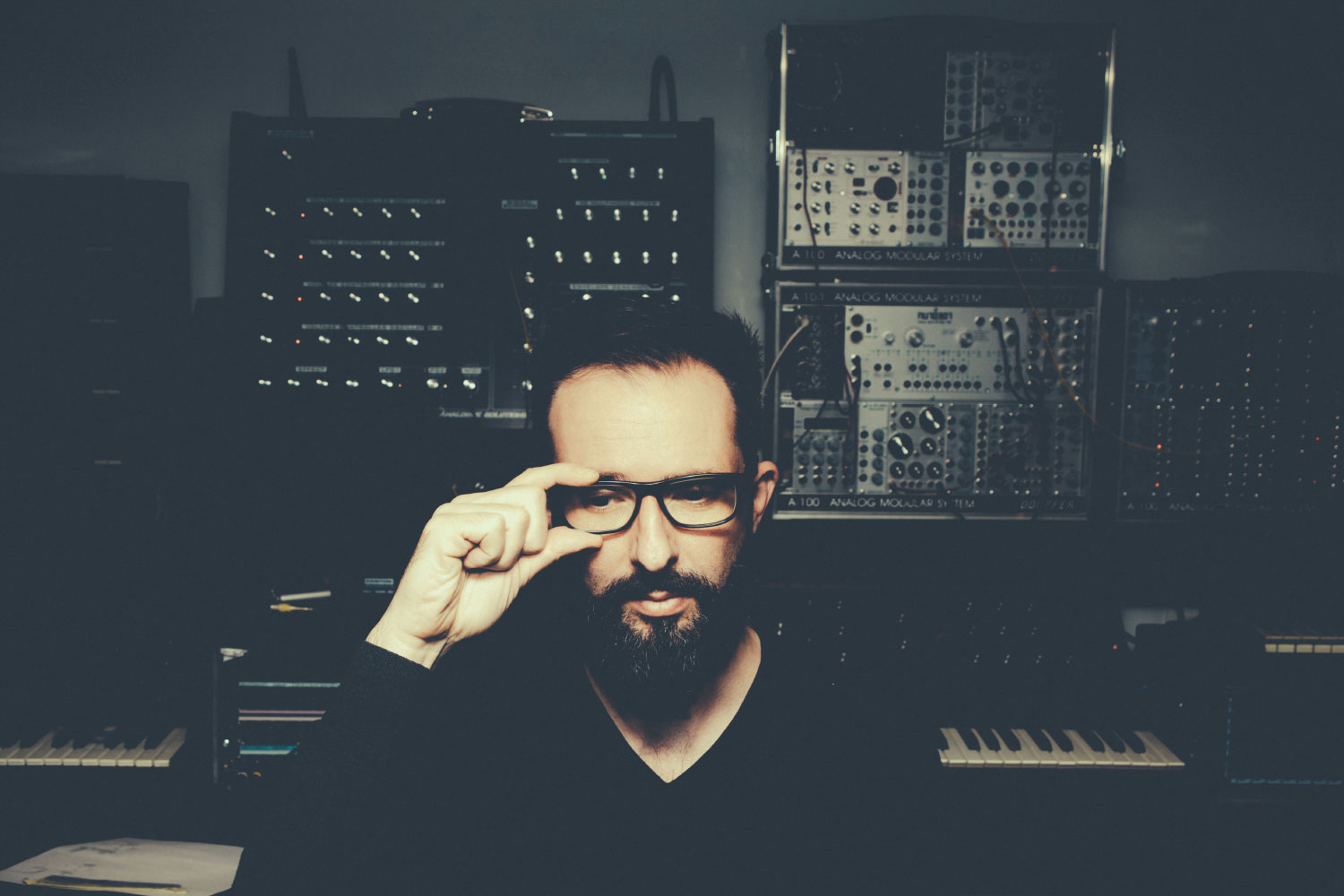Immersive Music
Music-making has gone through several technological revolutions: from mono to stereo over surround to 3D sound. All these revolutions started from technological progress. The artists and composers embraced the technology later on, allowing them to innovate their art form. Beethoven changed his composing style when he got a new English piano, film music changed radically when the soundtrack was introduced (instead of the live piano music accompaniment). Today a similar revolution is taking place: the technology for immersive music in 3D applications and VR is available. Artists and composers are yet to follow. A gigantic creative space is waiting to be explored by innovative and experimental bands, films and games. PXL-Music wants to investigate what this technological evolution can bring to the world of music through several case studies.
Het Narrenschip / The Ship Of Fools
Together with vocal coach Sara Gilis and music students, the research group investigates how an acoustic recording can be reworked for immersive. The musicians are placed in a circle around an imaginative viewer/listener.

As a listener and viewer, you are amidst the performance, allowing you to view and listen to the music in different ways. The instruments and playing techniques are chosen carefully to add detail to the sound and to give the spectator the opportunity to wander around: percussion, polyphony, sudden stops and guitar solos grab the attention of the listener/viewer.

Attention: 360° audio only works in Google Chrome — Credits: Cis De Gendt (drums), Paul Moreau (drums), Gil Persoons (upright bas), Arnaud Soetens (vocals), Lucas Nevelsteen (guitar), Students MUT3 (recording), Steven Maes (mix)
Songs
David Poltrock (teacher Soundlab) writes songs with immersive on his mind. He focuses on composition: wwhat is the effect on a composer when he has “360 degrees of freedom”? And what is the effect on the listener?

The immersive audio team investigates how the recording and mixing of the music is influenced by this new mindset. Listen to Sleep, a first experiment by David Poltrock, mixed in three different ways:

Mono mix:
Stereo mix:
Binaural mix:
Credits: David Poltrock (composition, instruments), Nina Sampermans (vocals), Arthur Moelants and Steven Maes (recording and mix). Mixes in 9.1 and 7.1.2, conversion to Binaural with X Audio MyBino.
NMBS 360
Johan Hogewijs (Heterdaad, Russen, Witse) is composing a soundtrack for a national railway commercial. Students are allowed to do audio post production, bruitage and set audio.

— attention: 360° audio only works in Google Chrome
The goal
The team wants to develop a methodology for composing and mixing immersive music, to build a lab where musicians and technicians can experiment together in a 3D music environment and to act as an advisory body. Furthermore they will be able to create content for VR applications and live concerts.

The Immersive Music team is Steven Maes, Erik Loots and Arthur Moelants.
Questions? Mail to steven.maes@pxl.be
